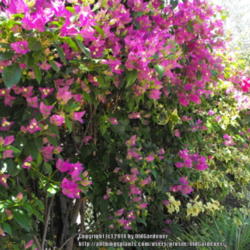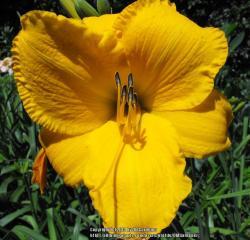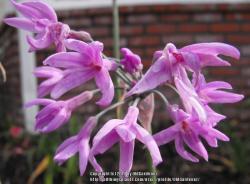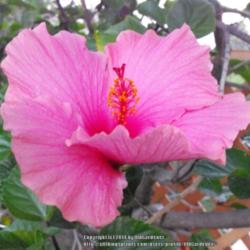I would purchase the Don Juan rose during bare-root season and plant it then. For Cali, that would be in January and February. I still see Don Juan quite frequently here (a beautiful rose - you have great taste!!) so, hopefully, you will find one fairly easily. If not, may be one of our rose people can recommend a reputable online vendor. I had a vendor that I used for years (actually 2 of them) but I cannot recommend either anymore in good conscience. By planting in January/February, the rose should be able to acclimate to your place before the heat arrives. If you happen to have a particularly cold winter and cannot get it planted in ground, go ahead and carry it over in a pot and plant it the moment the ground is workable.
I cannot help with the plumeria as mine remain sticks with tufts of 4 or 5 leaves and I am lucky to get one to flower every 2 years (and it is a sad flower). My climate is just too darn dry for them. The good news is that ATP has some expert plumeria growers that I am sure will help walk you through their care if you decide to go this route (and you get humidity).
Lantana is a fabulous choice as they come in most colors and sizes. I would plant mine in the autumn so that it develops "strong feet" before next summer. I have grown a lot of lantana in the past and, at least the cultivars that I grew, were rugged as can be. They also had the extra added bonus of not requiring huge amounts of water once they were established and I do not recall ever fertilizing them either. They were all really easy keepers so to speak. I do not know, however, how they do in humid conditions. Perhaps one of our Texas or southern folks can help.
When you say begonias, do you mean the fibrous ones or the bulb-type? I know that the sun would definitely kill both types here but I am able to grow the fibrous ones on the north to east side of the house (and under a shaded lathe structure). I have also grown the bulb-type in hanging baskets but only in the deep shade.
Dianthus has worked alright for me in the full sun but I cannot say they were as spectacular as they could be if given a little break from the oppressive heat and blazing sun (they kind of have a "dip" at the height of summer but perk right back up when we drop to the 90's - it is not a bad "dip" and it has never stopped me from growing them). If you do plant them (and I definitely think you should if you like them as much as I do), I would try to get them in in the autumn, also.
I hope this helps.


 This daylily likes it hot, hot, hot!
This daylily likes it hot, hot, hot! (Society Garlic)
(Society Garlic)
 (Mister Lincoln Rose)
(Mister Lincoln Rose)